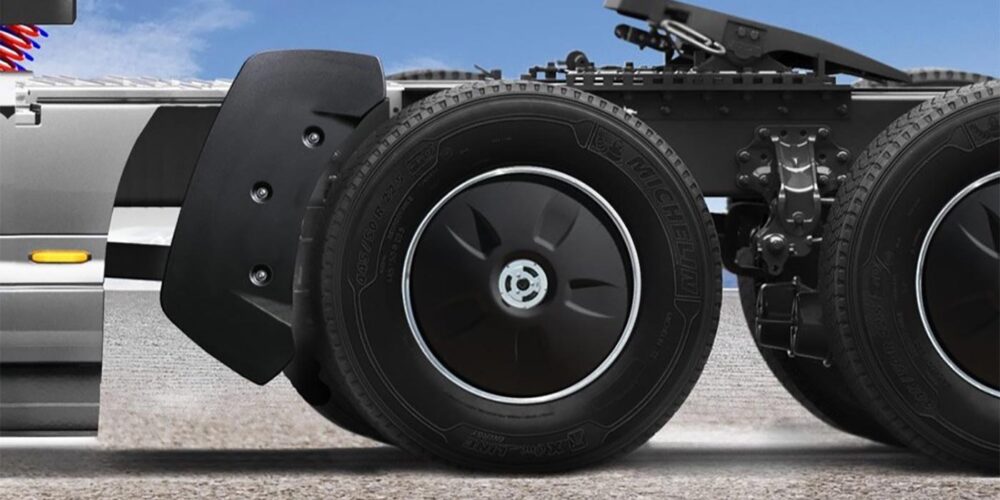In this column, I want to discuss fuel economy (FE), in the hopes that I might give you a few ideas to experiment within your operation.
Note that I said “experiment.” My experience has been that no matter what you hear or read, you need to check new ideas out in your operation. You need to learn how to test correctly, and then test every time you get a new idea. Remember both the Technology and Maintenance Council and the Society of Automotive Engineers have developed a series of good, repeatable test procedures you can use in your operation. A poorly run test can give you misleading results.
Let me give you my thoughts. I favor aerodynamic improvements over slower vehicle speeds because I often see big trucks impeding traffic flow in high traffic density situations. These impediments serve to give trucking an even worse reputation, which it doesn’t need.
Aerodynamic improvements can allow you to save fuel even at higher vehicular speeds. I would personally experiment with aero improvements even if products weren’t get commercially available. Build a prototype. I guarantee you that if you can find a way to save 5% or more, you can find someone to build the equipment for you. Look at the trailer tails on trucks hauling BMWs.
The gap between the tractor and trailer intrigues me. I would like to see a device which completely closes that gap at speeds over 45 MPH and retracts to allow maneuverability at lower speeds. Surely our inventive minds can come up with something that works.
I would also like to see side skirts that completely enclosed the trailer wheels and even the tractor rear duals if at all possible. Think of the possible fuel economy benefits of such a device.
Another advantage of such skirting would be vastly improved splash and spray performance. We’ve done a terrible job with splash and spray over the years, and this is another item which gives trucking a bad reputation. It is particularly important with inclement winter weather coming.
Want more insight from John Martin? Click here to see all of his columns.
As far as slower speeds go, speed reduction results in FE improvements in two areas. Slower speeds reduce aerodynamic drag, which improves FE. Slower speeds also reduce engine RPMs, which improves FE due to reduced engine pumping losses.
Visualize the engine as a large hypodermic syringe. The cylinder is the large volume, and the inlet tract represents the filler tube. As you know, if you try to fill the syringe too rapidly (higher speeds), uneven filling and poor mixing results. At slower speeds, the filling is more complete, and the air/fuel mixture has more time to mix in a homogeneous way.
My experience running FE events on both cars and motorcycles over the years suggests that you should use the slowest engine speed possible. A long stroke engine operated at very low speeds is the most efficient FE engine. Look at old Harley-Davidson V-twins and marine diesels as good examples. I never operated the engine in our old Shell Mileage Marathon vehicle over 1,300 RPM. I never idled. And the 376.59 MPG record we set in 1973 has never been broken. I rest my case.
I think a straight through transmission with a low numerical gear ratio is best for FE, due to the lack of friction. You can always downshift if you can’t pull the load.
And what about spiral bevel rear axle gears instead of hypoid? Hypoid gears increase frictional drag considerably over spiral bevel gears. Even the lubrication requirements are more stringent. One of the reasons why front wheel drive passenger cars get better FE than rear-wheel drive cars is that many of them use spiral bevel axle gears. We need to look at this more closely. I know diesel fuel is relatively cheap right now, but you and I both know that this won’t last forever.














